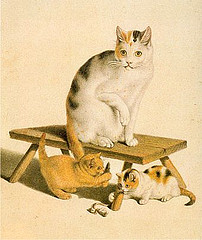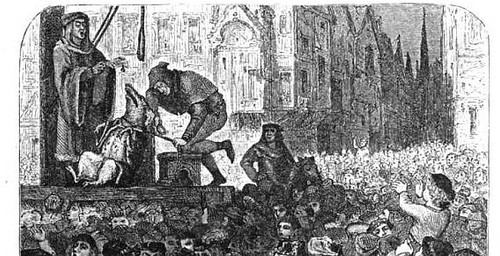
During the month of April, 1733, Sir Simon Stuart, of Hartley, England, while looking over some old writings, found on the back of one of them a memorandum noting that 1500 broad pieces were buried in a certain spot in an adjoining field. After a little digging the treasure was found in a pot, hidden there in the time of the civil wars by his grandfather, Sir Nicholas Stuart.
— Frank H. Stauffer, The Queer, the Quaint and the Quizzical, 1882




